Home \ International \ Some smaller or one large pump?
Some smaller or one large pump?
25/03/2021
Pubblicato da Redazione
Tsurumi points out various aspects speak in favour of two or more small pumps in applications with dirty water.
Whether two small pumps are better than a single large one: in this consideration of many users, it depends on the application. And a special component that in many cases even makes the purchase of new pumps completely unnecessary.
Tsurumi, the market leader in dewatering pumps in the construction industry, points out that various aspects speak in favour of two or more small pumps in applications with dirty water. In some cases, one large pump is too much of a good thing.
If the distances are short, only one adequate pump is needed. If the distance to be covered exceeds its capacity limit, a second pump can be connected via an adapter. This is called booster operation: the second pump increases the possible total length of the water pipe. Many pump operators do not know that this option exists at all. Moreover, it is relatively easy to realise. Theoretically, the number of pumps that can be operated in series is unlimited. Significant capacity losses are not to be expected. With two identical pumps, the achievable distance performance is roughly doubled. However, the flow rate remains the same. If one wanted to increase this, parallel operation of the pumps is necessary or the use of larger models.
Small pumps connected in series offer the advantage that the individual pumps can be moved more quickly due to their relatively low weight, they are easier to replace and can be better maintained or repaired. There are practical advantages in terms of spare parts logistics and capital requirements, too. Two pumps can be connected directly one after the other. Alternatively, they can be spaced so that, for example, one pump is positioned every 30 metres. Whether the piping is fixed or with flexible hoses is functionally irrelevant. There are also advantages during dismantling. Dewatering with large pumps is particularly interesting because the entire system consists of only a few components.
This is attractive, considering the potential problems of an extensive small unit configuration. That comes with the core risk of all complex systems: (Too) many components are involved, they may not be in the best condition, they may not be set up optimally or they simply should not have been combined in the first place.
However, a solution with a powerful unit like the multi-stage high-pressure pump LH4110W, the manufacturer's top model with a delivery head of 216 m, has to be realised first: such a pump weighs about 1.3 tonnes when dry. Also, the use of these big guys only makes sense if their performance is needed from the very beginning. The reliability of the system must also be taken into account: if the only large pump fails, the entire dewatering system stops. However, this also applies to the chain solution if a link fails - no matter how small. But getting a large pump going is likely to take longer. In some cases, however, the question does not even arise. If sheer performance with high throughput is required, for example in open-cast mining, there are hardly any alternatives to large-scale equipment.
On the other hand, the space available underground or in tunnelling is often so limited that there is simply no room for a large pump: After all, vehicles, mining machines and people still have to be able to move accident-free in the narrow veins. Often there are not even intermediate basins for pumping in the roadway sections, so that only a slim solution is available for dewatering. A similar problem arises with deep bore holes or in the waste water sector of industry and municipalities.
The booster adapters are available from Tsurumi Europe in Düsseldorf, Germany, as a standard component at a comparatively low price. Operators of dewatering pumps should therefore first consider connecting them in series if necessary. As a rule, different pump types may be combined. The adapters can thus continue to be used if other, larger pumps are purchased later.

Ultime notizie di OnSite News

Earthmoving Machinery
25/11/2024
Prinoth Unveils Expanded Production Facility in Granby, Canada
Prinoth held an event to announce the official opening of it...

Logistics
22/11/2024
Sarens acquires additional SCHEUERLE SPMT K24 modules
renowned for its expertise in crane rental services, heavy l...
Equipments
21/11/2024
SITECH partners with Royal Engineers to create poppy and demonstrate tech offering
The demostration involved creating a ground-level poppy desi...
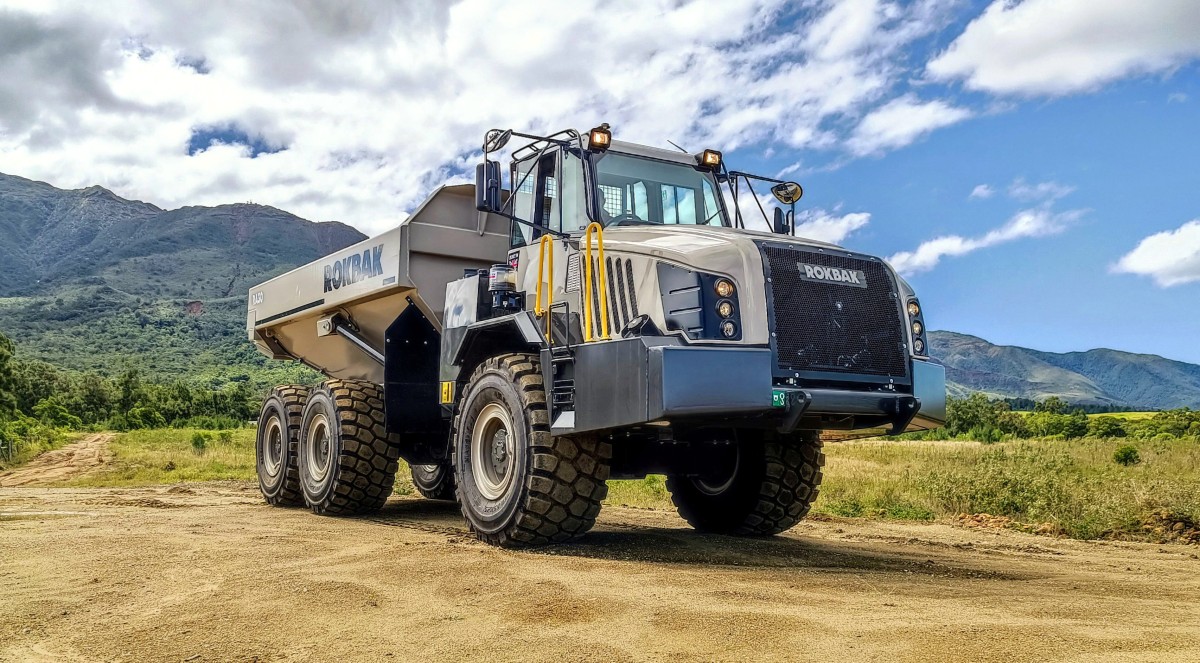
Earthmoving Machinery
20/11/2024
Strong and stable RA30 trucks carry the weight at New Caledonian mine
Three Rokbak RA30 trucks are delivering exceptional durabili...
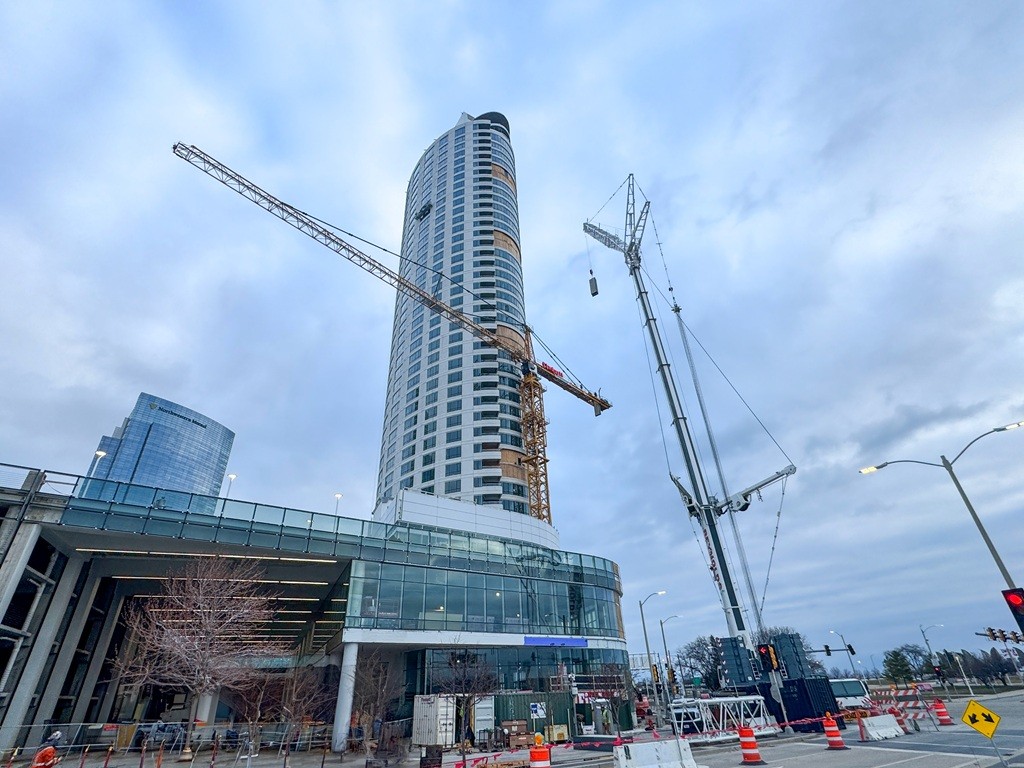
Lifting
20/11/2024
Tadano AC 7.450-1 Performs Double Duty in Wisconsin
A cost-saving and versatile solution was already on site - a...
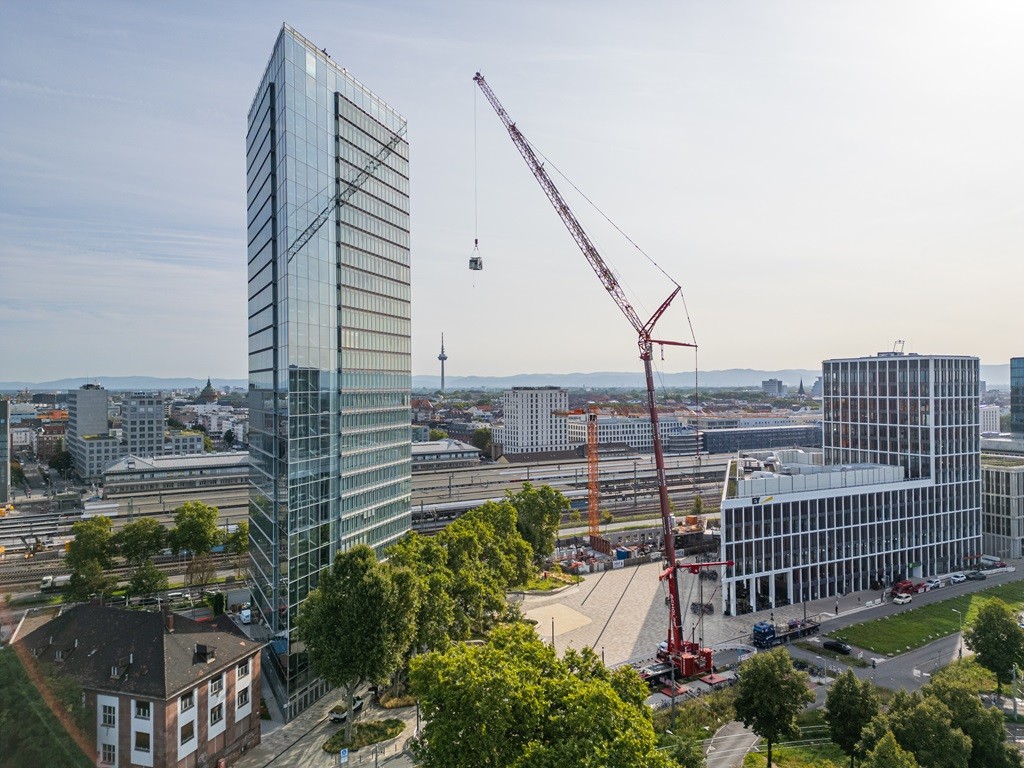
Lifting
11/11/2024
Tadano AC 7.450-1 all terrain crane for the Victoria Tower in Mannheim
Tadano AC 7.450-1 all terrain crane lifts cooling unit to to...
Altri International
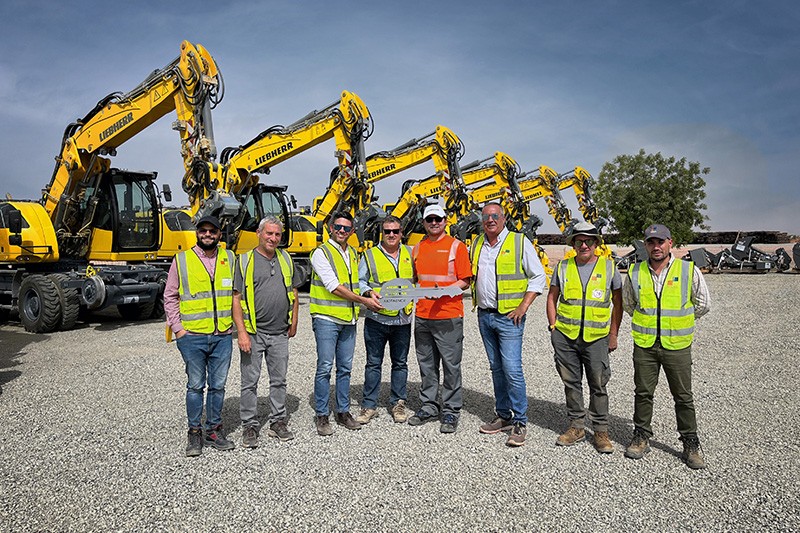
International
26/11/2024
Mota-Engil orders 10 Liebherr railroad excavators for a major project in West Africa
The Portuguese construction company Mota-Engil has once agai...
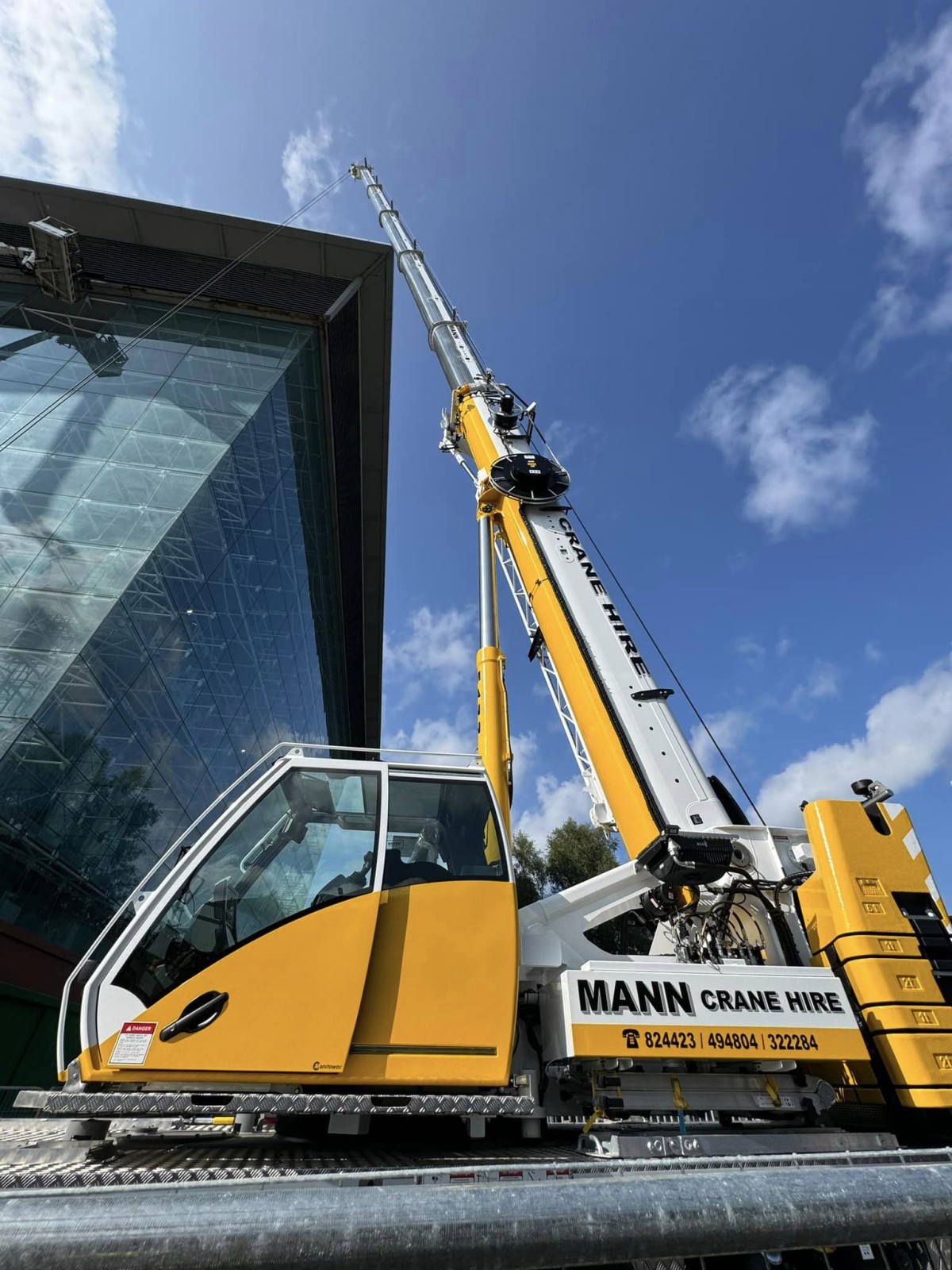
International
25/11/2024
New Grove GMK3060L-1 drives busy schedule for Mann Crane Hire
• Mann Crane Hire selected the GMK3060L-1 for its class-lead...

International
25/11/2024
Prinoth Unveils Expanded Production Facility in Granby, Canada
Prinoth held an event to announce the official opening of it...

International
23/11/2024
GPMat International takes delivery of two Raimondi T147s residential development in the South of France
- Official agent of France expands its product lineup with t...

International
22/11/2024
Sarens acquires additional SCHEUERLE SPMT K24 modules
renowned for its expertise in crane rental services, heavy l...
International
22/11/2024
Five WOLFF cranes modernize Oslo’s Ulven district
With a total of five WOLFF cranes of type 7534.16 Clear, Wol...










































